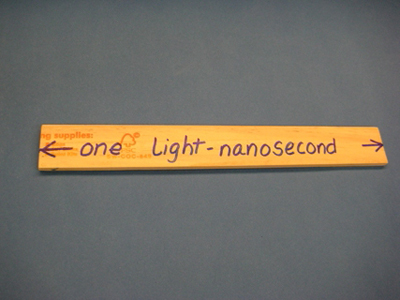







deleted by creator
Lemmynsfw defederated about a month ago when they switched admins (and then proceeded to implode their userbase). So you only see posts from when we were still federated.

I can’t seem to kick myself off the mod team, so I guess so. I mainly check once a day and look for reports only/front page. Maybe consider growing the team.

Everything runs nicely if you have the harddrive space for it.

I use Visions of Chaos which eats your harddrive, but in return its a all-in-one for everything machine learning, fractal, and cellular automata.
Mainly, I use its stable diffusion web UI sections, which it manages automatically, but I’m hoping to use it’s LLM section soon.
Ok, you do know this is a NSFW community, right?
Well, the community is Lewd images generated by AI.
Please mark your post as NSFW


Computer engineer here. I think physically swappable CPUs could be physically doable. You would have something like an SD card slot and just be able to click it in and out.
The main problem is the speed of electricity. Electricity moves about as fast as light does, but there’s a problem. Meet the light nanosecond. The distance light travels in a nanosecond:

It’s 6mm less than a foot. If you have a processor running at 4GHz, the pulse of the clock is going to be low for an 8th of a foot and high for an 8th of a foot. You run into issues where the clock signal is low on one side of the chip and high on the other side of the chip if the chip is too big. And that’s saying nothing of signals that need to get from one side of the chip and back again before the clock cycle is up.
When you increase the distance between the CPU and the things it is communicating with, you run into problems where maybe the whole wire isn’t at the same voltage. This can be solved by running more wires in parallel, but then you get crosstalk problems.
Anyway, I’m rambling. Main problem with multiple CPUs not on the same chip: by far the fastest thing in a computer is the GPU and the CPU. Everything else is super slow and the CPU/GPU has to wait for it. having multiple CPUs try to talk to the same RAM/Harddrive would result in a lot of waiting for their turn.
It’s cheaper and a better design to put 24 cores in one CPU rather than have 12 cores in two CPUs.
Most things are still programmed like they are single thread and most things we want computers to do are sequential and not very multi-threadable.


The keyword you need to look for is “temporally stable”.
Here’s the section of the rules



Try Negima. If you get far enough in the manga, you’ll be reworded with a nude loli.
Currently 3.7.
3.8’s communication protocol has a slight change in encryption method and is being difficult to decrypt.
It’s never going to be “done” just less and less buggy. If you are fine with a goat simulator type experience, it’s fine. There are perfect private servers out there using leaked server files, but they are still on 3.2
Genshin private server coding still. Starting to get through and record the bugs in chapter two.


What you are describing is a bit of an oxymoron. The ideal of truly supporting free speech is that you are not removing anything.
sure, you can move the line back, but where the line between remove and don’t remove is is extremely arbitrary.
I think, instead, you should ask yourself what you are actually looking for and find a place that has that.
Katakana says “minisuka”. I’m going to guess “mini skirt”